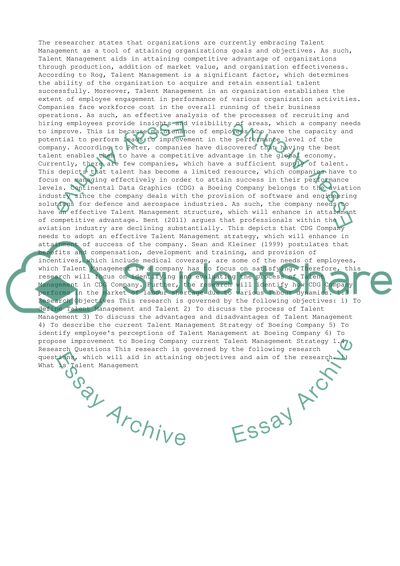Cite this document
(“Talent Management in CDG a Boeing Company Essay”, n.d.)
Retrieved from https://studentshare.org/management/1394612-talent-management-in-cdg-a-boeing-company
Retrieved from https://studentshare.org/management/1394612-talent-management-in-cdg-a-boeing-company
(Talent Management in CDG a Boeing Company Essay)
https://studentshare.org/management/1394612-talent-management-in-cdg-a-boeing-company.
https://studentshare.org/management/1394612-talent-management-in-cdg-a-boeing-company.
“Talent Management in CDG a Boeing Company Essay”, n.d. https://studentshare.org/management/1394612-talent-management-in-cdg-a-boeing-company.


